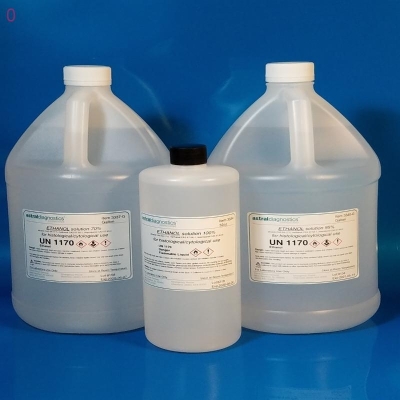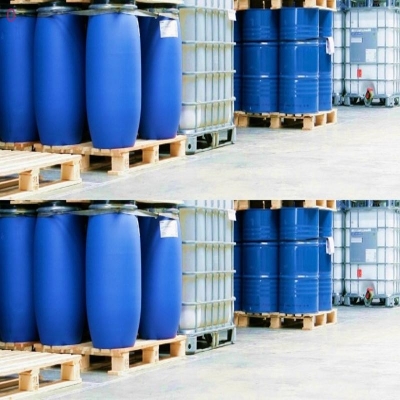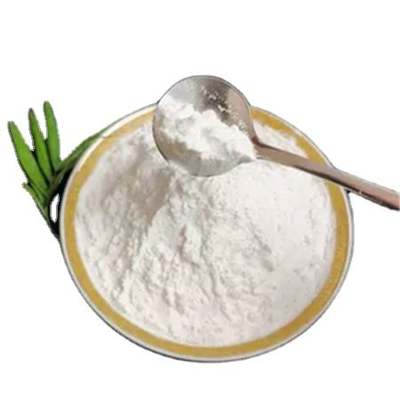-
Categories
-
Pharmaceutical Intermediates
-
Active Pharmaceutical Ingredients
-
Food Additives
- Industrial Coatings
- Agrochemicals
- Dyes and Pigments
- Surfactant
- Flavors and Fragrances
- Chemical Reagents
- Catalyst and Auxiliary
- Natural Products
- Inorganic Chemistry
-
Organic Chemistry
-
Biochemical Engineering
- Analytical Chemistry
- Cosmetic Ingredient
-
Pharmaceutical Intermediates
Promotion
ECHEMI Mall
Wholesale
Weekly Price
Exhibition
News
-
Trade Service
The Environmental Chemistry Research Team of the New Technology Laboratory of the Guangdong Academy of Sciences (Guangzhou Analytical and Testing Center), in cooperation with Guangdong University of Technology and the Hong Kong Polytechnic University, prepared a halloysite-supported nano-copper oxide (CuO/ HNTs) stabilize the catalytic material, and realize the degradation of triclosan, a chemical in the water environment, by activating sodium persulfate (PS)
.
Related research was published in "Separation and Purification Technology" on July 19
.
Triclosan is a broad-spectrum antibacterial agent that is widely used in textiles, toys, and personal care products such as hand sanitizer and toothpaste
.
Due to the global spread of the new coronavirus, the use of anti-epidemic chemicals and medicines containing triclosan, such as hand sanitizers, disinfectants and broad-spectrum antibacterial drugs, has surged, and the increase in urban water content has brought secondary water ecological environmental risks.
Triclosan is a relatively stable lipophilic compound, which is difficult to completely degrade and remove by traditional biological and physical methods
.
Researchers have designed and developed a new type of catalytic material CuO/HNTs.
Through a series of characterizations such as SEM, BET, XPS, etc.
Researchers have discovered through mechanism exploration that the degradation process of triclosan is dominated by non-radical pathways, supplemented by free radical pathways
.
Furthermore, an ultra-high resolution Fourier transform ion cyclotron resonance mass spectrometer was used to analyze the degradation intermediate products, and the degradation pathway of triclosan was proposed
.







